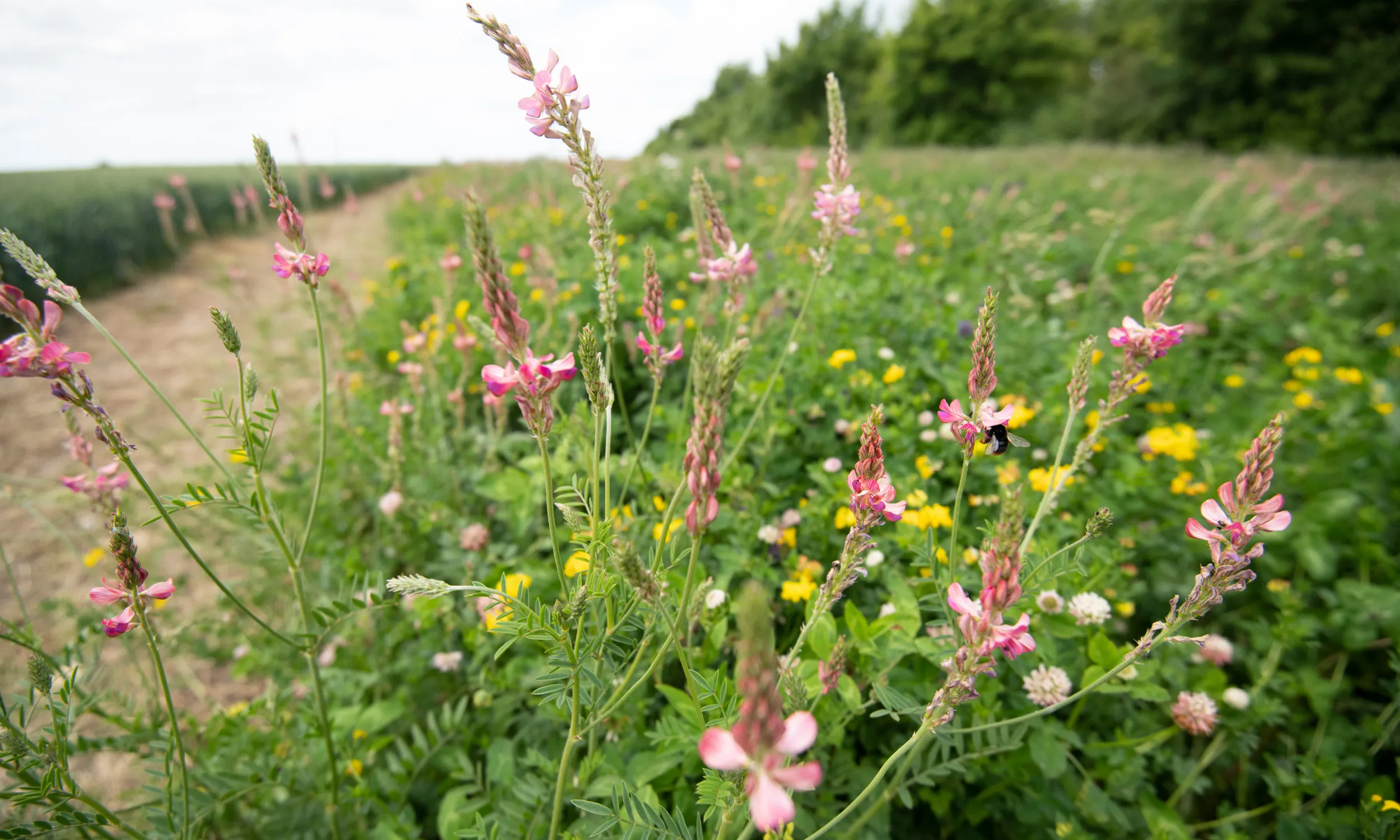Our starting point
In our first two years, we collected baseline data on the farm’s wildlife in order to see the effects of our nature-friendly farming.

On this page
Baseline monitoring
Knowing what we started with at Hope Farm allows us to see how our experimental techniques have affected the farm’s wildlife populations.
We found low numbers of once-common, but still widespread, species such as skylarks, linnets and yellowhammers at the farm.
Improving the habitat for birds is a priority, but we also hope that the changes we make will benefit other species. In many cases, helping one species means helping another.
For example, increased numbers of insects means more food for insectivorous birds. Our monitoring programme includes butterflies, bumblebees, moths, hares and a variety of other groups.
Highlights
Some of the highlights from our monitoring are:
Butterflies: 29 species have been recorded. The farm includes three transects which form part of the UK Butterfly Monitoring Scheme
Bumblebees: Seven species of bumblebee including the nationally scarce ruderal bumblee, a Biodiversity Action Plan (BAP) species
Moths: More than 350 species of moth have been trapped using light traps including the BAP species, white-spotted pinion and square-spotted clay
Fungi: The Huntingdon Fungus Group completed a one-year study and identified an incredible 491 fungal species including one species, Eutypa crustata, recorded for the first time in Britain.